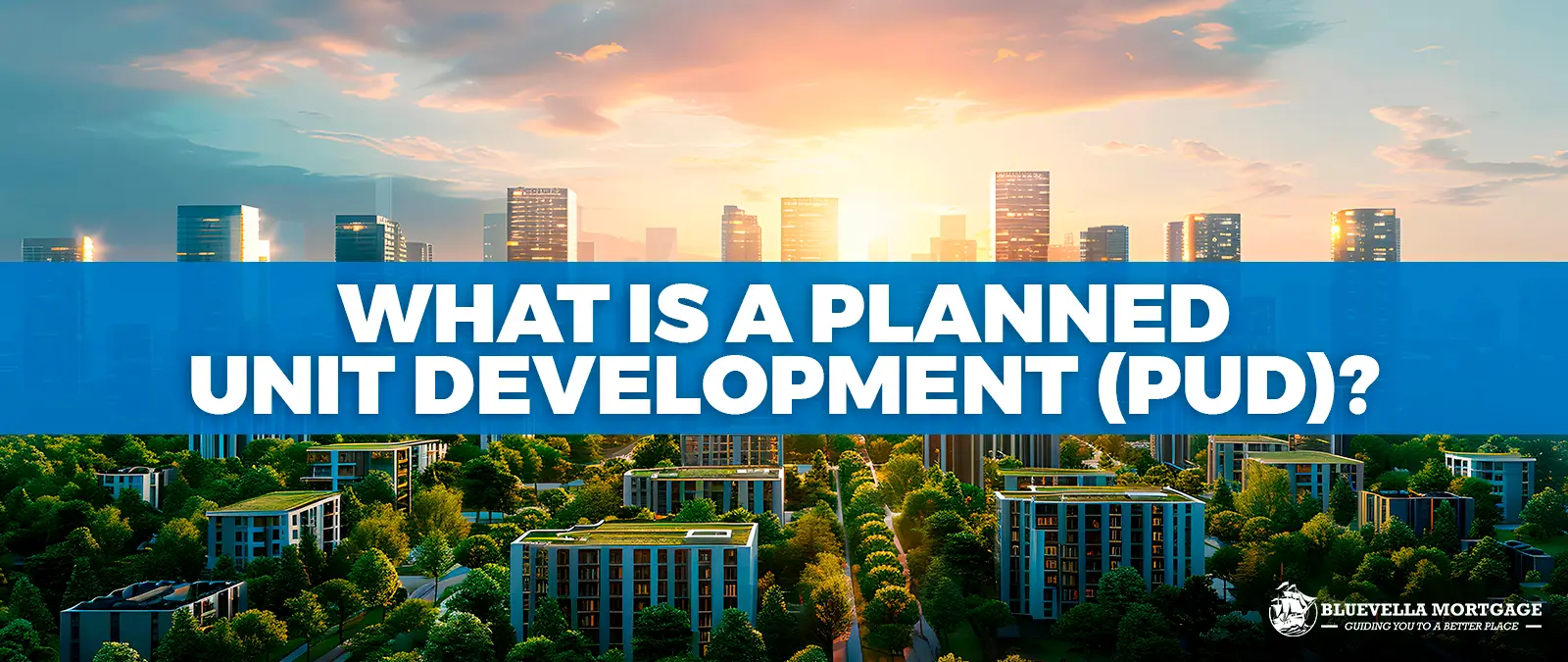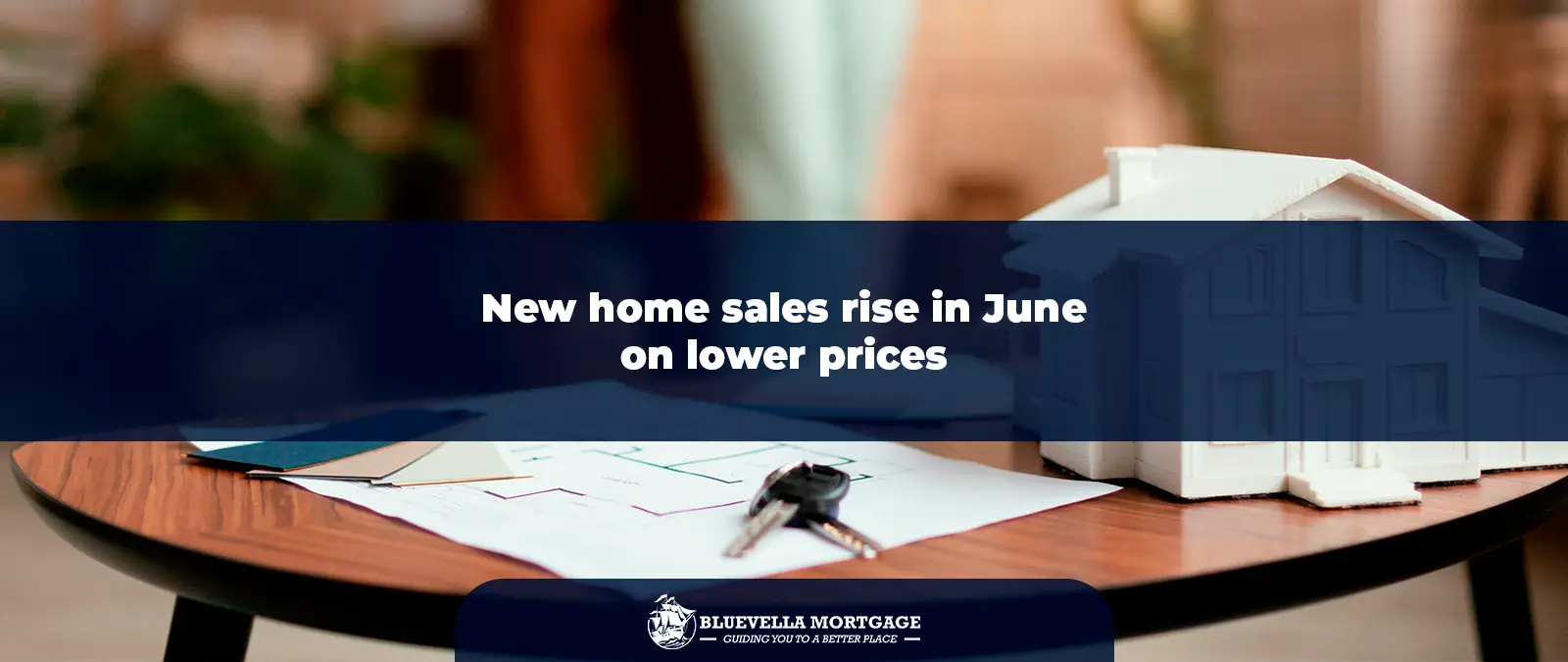A Planned Unit Development (PUD) is a design approach that combines various land uses within a cohesive community framework. Typically, a PUD integrates residential, commercial, and recreational spaces, allowing for a flexible land use strategy that meets the needs of its inhabitants. This innovative urban planning concept is structured to generate a harmonious living environment, enhancing community interaction and fostering a sense of belonging among residents.
The primary purpose of a PUD is to facilitate the development of self-contained neighborhoods that cater to a diverse population. By allowing mixed-use spaces, PUDs encourage a lifestyle that reduces dependence on automobiles, as residents can access amenities and services such as grocery stores, parks, and schools within walking distance. The strategic planning involved in PUDs enables municipalities to create vibrant communities that promote social interaction and economic resilience.
Developers of PUDs typically experience greater design flexibility than traditional zoning allows. This flexibility includes varied residential densities, innovative architectural designs, and cluster development that preserves open spaces. Such design elements not only enhance aesthetic appeal but also contribute to greater sustainable practices and environmental stewardship. By concentrating development in a specific area, PUDs can minimize urban sprawl and maintain a balance between built and natural environments.
In essence, a Planned Unit Development serves as a crucial tool in urban real estate, aiming to create well-rounded communities. These developments are designed not only to satisfy the immediate needs of residents but also to encourage long-term community growth and sustainability. As urban areas continue to evolve, PUDs represent a proactive approach in shaping the future of our cities, providing a framework for innovative and inclusive living experiences.
Characteristics of Planned Unit Developments (PUDs)
Planned Unit Developments (PUDs) are distinguished by their unique characteristics that cater to diverse housing needs and foster a sense of community. One of the primary features of PUDs is the variety of housing options they offer. Whether it is townhomes, single-family residences, or active adult living accommodations, PUDs accommodate various lifestyles and demographic groups. This diversity allows residents to choose homes that best fit their individual needs while promoting integration among different age groups and family structures.
In addition to varied housing styles, PUDs often incorporate a range of amenities designed to enhance the living experience. These can include grocery stores, fitness centers, parks, and recreational facilities, which not only provide convenience and leisure opportunities for residents but also encourage socialization and community engagement. The availability of these amenities within a close distance is a significant attraction for many potential residents, as it simplifies day-to-day activities and supports an active lifestyle.
The overall design of PUDs also plays an essential role in their appeal. Typically, these developments prioritize pedestrian-friendly layouts, with ample sidewalks, bike paths, and open green spaces that facilitate outdoor activities. This thoughtful planning creates neighborhoods that are visually appealing and socially inviting, significantly contributing to the residents’ quality of life. The focus on community-oriented design promotes interactions among residents, fostering a strong sense of belonging and cooperation.
In conclusion, the characteristics of PUDs reflect a comprehensive approach to residential development. By offering diverse housing options, integrating essential amenities, and emphasizing community design, PUDs serve as ideal environments for individuals and families seeking a balanced lifestyle within a supportive community framework. The unique qualities of these developments continue to make them a popular choice in modern urban planning.
Identifying PUDs in Real Estate Listings
Recognizing Planned Unit Developments (PUDs) within real estate listings requires a keen eye for specific indicators that differentiate them from other property types. One of the most common signs is the property classification. Listings that label a home as a ‘condo’ while the property may appear to be a detached single-family residence often indicate a PUD. This classification arises because PUDs may share land-use rights and responsibilities among homeowners, typically managed by a homeowners’ association (HOA).
Furthermore, it is essential to scrutinize the HOA fee structures associated with a property. PUDs generally have regular fees that support the maintenance of shared amenities and common areas. An unusually high or specific HOA fee could suggest the presence of a PUD, especially when associated with features like parks, recreational areas, or shared infrastructure. Buyers should carefully examine listing descriptions for any mention of these fees, as they can significantly impact overall living costs.
Beyond fees and classification, listings may provide additional clues regarding a property’s PUD status. Terms like “community,” “exclusive,” or “plannned” could suggest that a residence is part of a PUD. In some cases, listings may explicitly state that a home is within a PUD. It is also beneficial to familiarize oneself with the association’s rules and regulations, as these documents are often available through HOA platforms or provided upon request during the buying process. Understanding these guidelines is crucial for potential buyers, as they govern numerous aspects of living in a PUD.
In addition, prospective homeowners should engage with real estate agents who possess experience in identifying PUDs. An informed agent can provide insights and recommendations based on market trends and characteristics that may not be immediately evident in online listings. Thus, taking the time to explore these details can lead to informed decision-making in the home-buying journey.
Planned Unit Developments and Homeowners Associations (HOAs)
Planned Unit Developments, commonly referred to as PUDs, are unique residential communities characterized by a blend of diversified housing types and shared amenities. One defining feature of PUDs is the mandatory membership in a Homeowners Association (HOA), which governs the community. Homeownership within a PUD often entails acquiring property rights over both individual lots and common areas. Therefore, homeowners may own their homes and the land immediately beneath them, while also holding a collective interest in shared facilities such as parks, pools, and clubhouses.
The role of an HOA within a PUD is multifaceted. Primarily, it is responsible for the maintenance of communal amenities and public spaces. This responsibility ensures that shared resources remain in good condition, enhancing the quality of life for all residents. Maintenance tasks can include landscaping, cleaning common areas, and managing repair projects for amenities. Additionally, HOAs play a vital part in long-term planning, helping to create a cohesive community through the establishment of budgets, regulations, and maintenance schedules.
Moreover, HOAs typically enforce community rules and regulations designed to preserve property values and ensure neighborhood harmony. These regulations may cover various aspects, including architectural guidelines, landscaping standards, and restrictions on property use. Member compliance is crucial, as it fosters a serene living environment. Failure to adhere to the HOA rules can result in penalties or fines, which underscores the necessity for residents to engage actively with their association.
Overall, the relationship between PUDs and HOAs is integral in shaping the community experience. Through active management and enforcement of regulations, HOAs work to maintain the appeal and function of planned developments, facilitating a desirable living environment for all residents.
Common Amenities in PUDs
Planned Unit Developments (PUDs) are increasingly popular residential choices, as they often incorporate various amenities that enhance the residents’ quality of life. Common amenities found in PUDs typically include swimming pools, parks, recreational facilities, tennis courts, and security services, all of which foster community interaction and enrich the living experience.
Swimming pools are a staple in many PUDs, providing residents with a space for relaxation and recreation. These aquatic facilities are not only enjoyable for families but also serve as social hubs, especially during the warmer months. The presence of a well-maintained pool can significantly enhance the attractiveness of a community, offering residents a convenient venue for exercise and leisure.
Parks are another key feature in PUDs, serving as vital green spaces for outdoor activities and community gatherings. Well-designed parks often include walking trails, picnic areas, and children’s play zones, contributing to a healthy lifestyle and encouraging residents to spend time outdoors. Engaging with nature fosters a sense of well-being and promotes social connections among neighbors.
Tennis courts and other sports facilities, such as basketball and volleyball courts, further increase the recreational options available within a PUD. These amenities encourage active lifestyles and community engagement through organized events and casual play, leading to improved neighborly relationships and camaraderie.
Security services are essential components of many PUDs, providing residents with peace of mind. Having professional security personnel and surveillance systems increases safety and helps create a reassuring environment where residents can feel secure in their homes. This aspect is particularly significant for families with children or residents concerned about crime rates in the surrounding area.
In summary, the array of common amenities in PUDs, such as swimming pools, parks, and security services, contributes significantly to resident enjoyment, community building, and the overall value of living in these developments.
Financial Considerations of PUD Living
When contemplating a home purchase within a Planned Unit Development (PUD), understanding the financial implications is essential. One of the primary financial factors to consider is the Homeowners Association (HOA) dues, which are monthly or annual fees required for maintenance and communal services. These fees can vary significantly among different PUDs, directly affecting the overall affordability of a home. Prospective buyers should factor in these costs as part of their budgeting process. While some PUDs may offer lower initial home prices, high HOA dues can negate these savings over time.
In addition to HOA fees, potential homeowners should also evaluate the amenities provided by the PUD. Many PUDs feature attractive amenities such as swimming pools, clubhouses, and landscaping. While these amenities contribute to a desirable living environment and enhance property values, they also increase HOA dues. Therefore, it is crucial to assess the value of these facilities in relation to the costs incurred. Buyers may find that the enjoyment derived from the amenities justifies the fees, or they may discover that they are paying for services they do not use.
Furthermore, living in a PUD often comes with specific financial considerations related to property taxes and insurance. Some jurisdictions may offer tax incentives or breaks for properties within PUDs under certain conditions. However, buyers should investigate how these may apply to their selected PUD. Additionally, since PUDs typically have shared amenities, they may also have unique insurance requirements that differ from standalone homes, impacting overall costs.
Ultimately, understanding the financial dynamics of purchasing a home in a Planned Unit Development is critical. By carefully evaluating HOA dues, existing amenities, and potential tax advantages, buyers can make informed decisions that align with their financial goals and lifestyle preferences.
Rules and Regulations in PUDs
Planned Unit Developments (PUDs) are characterized by a unique set of rules and regulations that govern the behaviors and responsibilities of homeowners. These guidelines are typically established to maintain the aesthetic value, safety, and general welfare of the community. Homeowners in PUDs often agree to comply with specific restrictions that may influence property modifications, rental policies, and community conduct.
One common aspect of regulations within PUDs relates to property modifications. Homeowners may face restrictions on architectural changes, paint colors, landscaping, and other alterations that could affect the collective appearance of the neighborhood. Often, a review board or homeowners association (HOA) oversees these modifications to ensure they align with the community’s standards. It is crucial for residents to familiarize themselves with these guidelines to avoid penalties or required restorations.
In addition to property modifications, rental policies are another significant component of PUD regulations. Many communities impose restrictions on rental practices, including short-term rentals or subleasing of properties. Such regulations are designed to preserve the community atmosphere and protect property values. Therefore, prospective homeowners should carefully review the rental policies to understand any limitations that may affect their ability to rent the property or host guests.
Community conduct is also a key area where PUDs enforce rules. These may include provisions about noise levels, pet ownership, parking restrictions, and the use of common areas. Adhering to these regulations promotes a respectful and harmonious living environment among residents. Understanding these rules is vital for maintaining neighborhood relations and avoiding any conflicts.
Overall, the rules and regulations in PUDs serve a crucial role in protecting the rights and interests of homeowners while fostering a cohesive community. Compliance with these guidelines not only ensures individual property values remain intact but also enhances overall quality of life within the development.
Mortgage Approval for PUD Properties
Obtaining a mortgage for a home in a Planned Unit Development (PUD) involves several unique considerations that potential buyers should understand. Lenders assess various factors to determine the eligibility of a buyer, with particular emphasis on the PUD’s structure and the Homeowners Association (HOA) governing it. Typically, lenders require an appraisal that considers both the individual property and the overall marketability of the PUD. This can include analyzing the projected growth trends in the area and the demand for properties within the development.
A critical aspect of securing mortgage approval for PUD properties is the financial stability of the HOA. Lenders often scrutinize the HOA’s financial health, including reserve funds and collection rates of dues. If the HOA is in good standing with sufficient reserves, it enhances the property’s attractiveness to lenders. Conversely, if an HOA is financially unstable or has numerous delinquent accounts, it may raise red flags and affect mortgage approval. Therefore, prospective buyers should request financial documents from the HOA to assess its fiscal responsibility before moving forward with a transaction.
Additionally, potential homeowners must familiarize themselves with the PUD’s covenants, conditions, and restrictions (CC&Rs). These governing rules provide guidelines regarding property use, maintenance, and changes within the development. Lenders will generally require a review of these CC&Rs to ensure that there are no restrictions that could hinder the buyer’s ability to secure a mortgage. Understanding the implications of these rules is vital for buyers to navigate any potential obstacles during the financing process. Overall, the path to mortgage approval for a PUD property emphasizes diligent research and comprehension of both the financing and community bylaws involved.
Conclusion: The Appeal of PUDs
Planned Unit Developments (PUDs) represent a unique and increasingly popular option for prospective homeowners. Their design promotes a harmonious blend of residential, commercial, and recreational spaces, offering a convenient and balanced lifestyle that appeals to many. As we have explored throughout this blog post, the primary features of PUDs include their mixed-use structure, access to shared amenities, and community-oriented atmosphere. These elements contribute to their attractiveness, particularly for families, young professionals, and retirees seeking a well-rounded living environment.
One of the most significant benefits of residing in a PUD is the sense of community fostered by planned interactions among residents. PUDs often include parks, walking trails, and recreational facilities that encourage social engagement and offer opportunities for residents to connect. Additionally, the maintenance of common areas is typically handled by a homeowners’ association (HOA), ensuring that the community remains aesthetically pleasing and functional. This arrangement alleviates many of the burdens associated with traditional home ownership, such as landscaping and exterior maintenance.
However, while PUDs present numerous advantages, potential buyers should also consider the inherent challenges. The existence of an HOA may impose certain restrictions on property modifications and require monthly fees, which can add to the overall cost of living. Furthermore, prospective homeowners should assess the specific rules and regulations of a PUD before making a purchasing decision. Ultimately, for individuals and families looking for flexibility, amenities, and a vibrant community, PUDs can indeed be an appealing choice. By carefully weighing the benefits and considerations associated with planned unit developments, buyers can make informed decisions that align with their lifestyle preferences and long-term goals. PUDs may serve as an ideal solution for those seeking comfort and connectivity in a well-structured environment.






